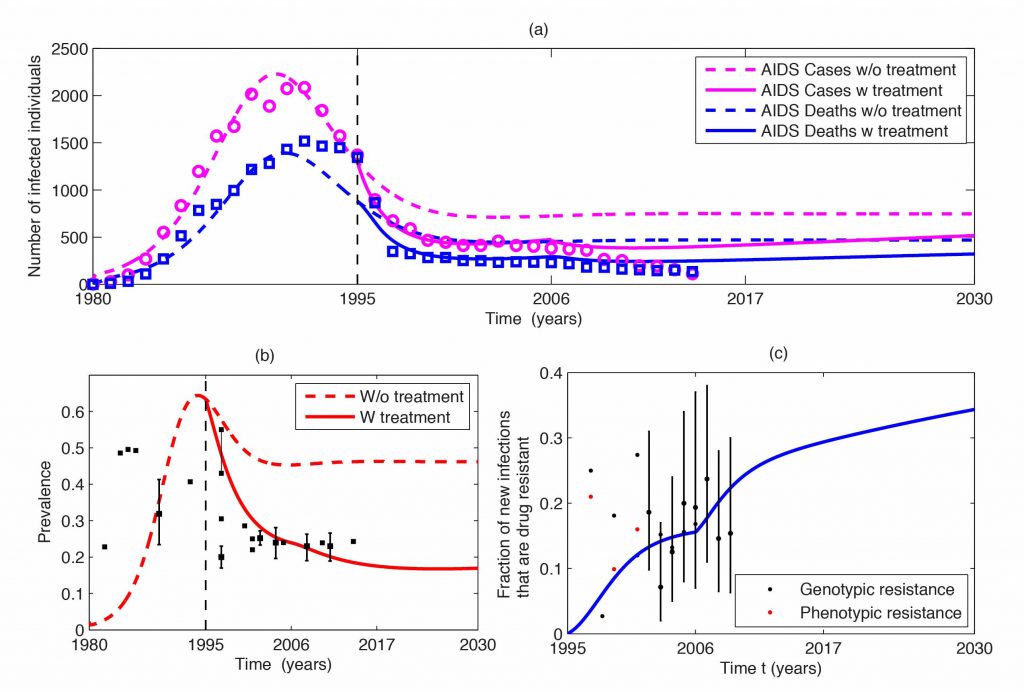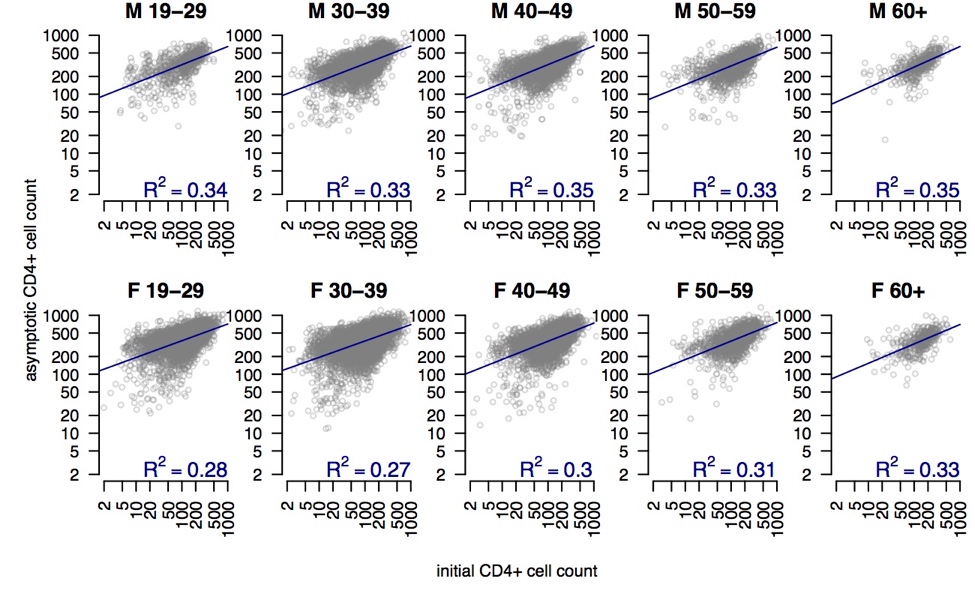MMED 2018 applications are now open!
The annual Meaningful Modeling of Epidemiological Data (MMED) clinic focuses on bringing together mathematical modeling ideas with practical approaches to infectious disease data and policy. MMED 2018 will be held May 28 – June 8 at the African Institute for Mathematical Sciences in Muizenberg, South Africa. For more information, including full application instructions, please visit the International Clinics on Infectious Disease Dynamics and Data (ICI3D) Program website: http://www.ici3d.org/mmed/. The deadline for receipt of applications is 5pm Eastern (New York) on February 15 for applicants based outside of Africa, and 1 March, 2018 for applicants based at African institutions.


